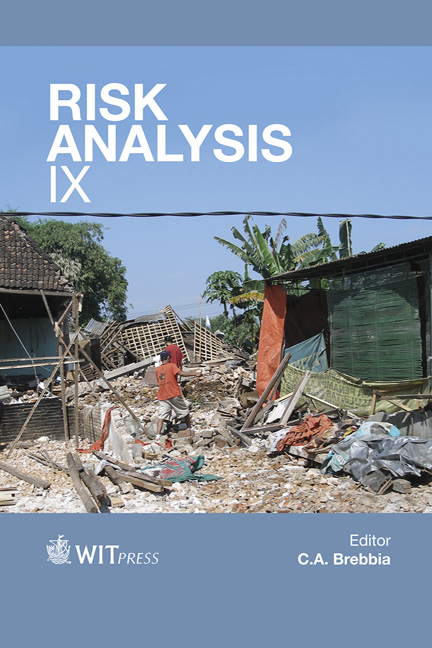Catastrophic Oil Spill Analysis
Price
Free (open access)
Volume
47
Pages
9
Page Range
17 - 25
Published
2014
Size
1,346 kb
Paper DOI
10.2495/RISK140021
Copyright
WIT Press
Author(s)
Z.-G. Ji, W. Johnson & G. Wikel
Abstract
The Deepwater Horizon oil spill (DWH) in 2010 in the Gulf of Mexico is the largest accidental marine oil spill in the history of the petroleum industry. After DWH, a key question was asked: what is the likelihood that a similar catastrophic spill will happen again? The extreme value theory (EVT) has been widely used in studying rare events, including hurricane damage, stock market crash, insurance claim, flooding, earthquake, etc. In this paper, the EVT is applied to analyse oil spills in the U.S. outer continental shelf (OCS). Based on the 49 years (1964–2012) of OCS oil spill data, the EVT is capable of describing the oil spills well. The return period of a catastrophic oil spill in the OCS areas is estimated to be 165 years, with a 95% confidence interval between 41 years and more than 500 years. Findings in this study are very useful to oil spill risk assessment, contingency planning, and environmental impact statement on oil exploration, development, and production. Keywords: catastrophic oil spill, Deepwater Horizon, extreme value theory, risk analysis.
Keywords
catastrophic oil spill, Deepwater Horizon, extreme value theory, risk analysis.





